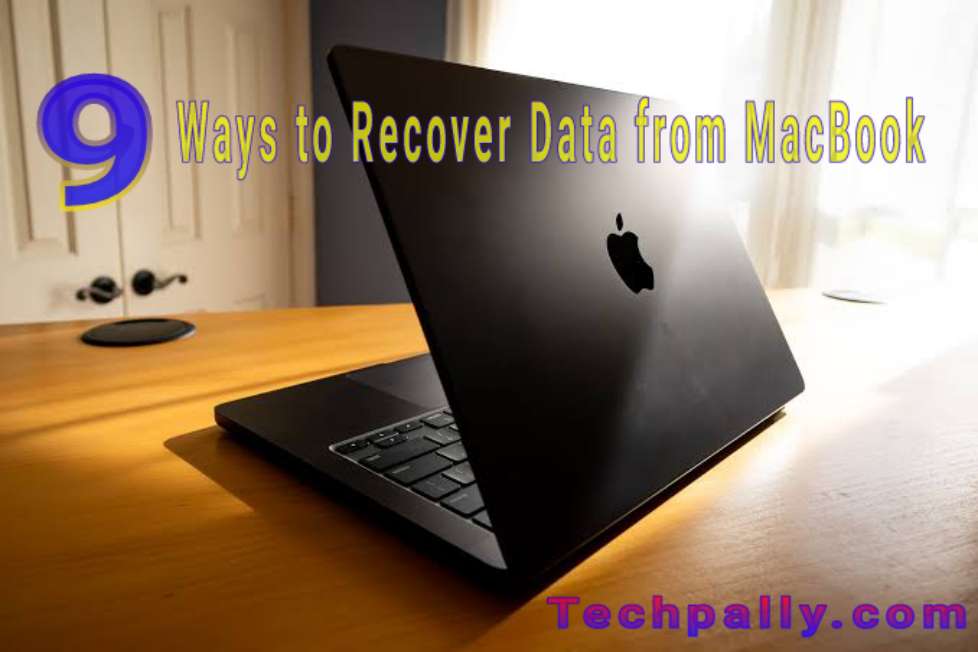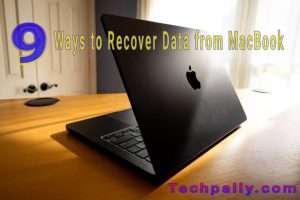How To Recover Data from MacBook that Won’t Turn On

You can pick up your laptop one day, and discover it’s not powering on, this can occur to any laptop brand.
If your MacBook is not coming up, and showing a black screen, then you may try charging it first.
If your MacBook Air or Pro won’t turn on but it’s charging, then the issue may be with the display or the associated components.
How To Fix A Mac That Won’t Turn On and Recover Your Data?
When your Mac won’t start up, it can be very frustrating, especially if it has important files on it.
You can try a few different things, though, to get your information back from a Mac that won’t power on.
Here are 9 good ways to get back information on a Mac that won’t turn on:
Boot your MacBook in Safe Mode
Simply hold down the Shift key after hitting the power button on your keyboard to start your Mac in Safe Mode.
Safe Mode checks your starting disk for errors and might let you get to your files.
If it works, you can save your important files to a secondary drive.
Target Disk Mode
If you have another Macbook handy, you can use Target Disk Mode to access the files on the Mac that won’t start.
What you need to do is simply connect the two Macs using a Thunderbolt or FireWire cord.
Then, hold down the T key and turn on the Mac that won’t start. The drive from the Mac that won’t start should show up as an external disk on the Mac that does start up.
Get back to normal
Hold down Command + R while you turn on your Mac to get into Recovery Mode.
You can use Disk Utility to fix the disk or restart macOS from this point on.
You can also use command-line tools to copy important files to an external drive by hand in Terminal.
Making a Bootable USB Drive
To make a bootable macOS launcher on a USB drive, use a different Mac.
Hold down the Option key while starting up your Mac to boot from this USB drive if it won’t start.
After starting up, use Finder to get to your files and copy them.
Take Out the Hard Drive
If your Macbook has a hard drive that can be taken out, like some older MacBook Pro models, you can do this and connect it to another Mac using a USB case or adapter.
You will need some technical know-how and tools to do this.
You can Use third-party data recovery software
Several third-party data recovery programs can help you recover data from a Mac that won’t start up.
Install the recovery software on a different Mac, connect the hard drive of the Mac that won’t start directly, and then run the recovery software to look for and retrieve lost files.
Use iCloud or someone else’s cloud service
For example, if you use Dropbox or Google Drive or have iCloud Backup turned on, your important files may be backed up there.
To get your info back, use these services on a different device.
Get in touch with professional data recovery services
If none of these work or if the data is very important, you should contact a skilled data recovery service.
These services can recover your files if your storage device fails. They are experts at recovering data from failed devices.
Steps to Take to Avoid This in the Future
To keep your files safe, back up your Mac regularly with Time Machine or another backup app.
If you make copies, your data will still be safe and easy to get to, even if your Mac doesn’t start up.



